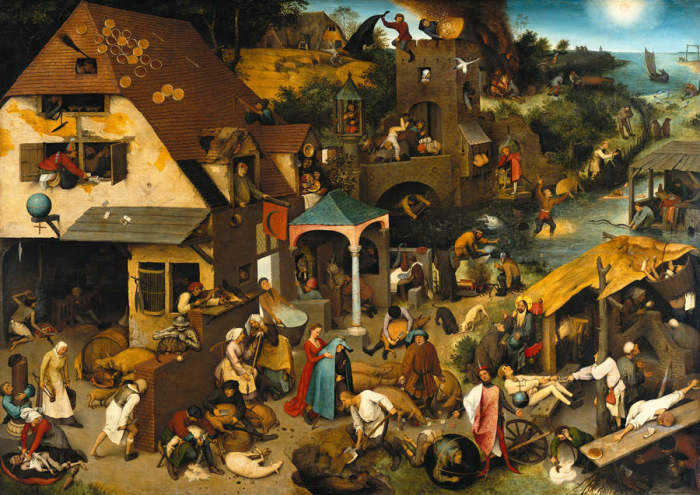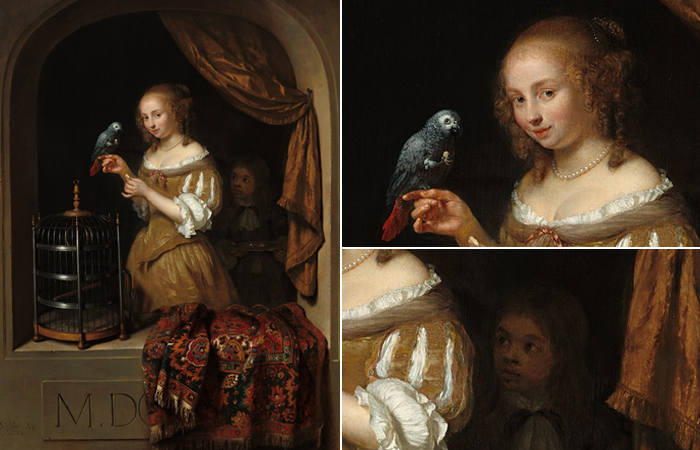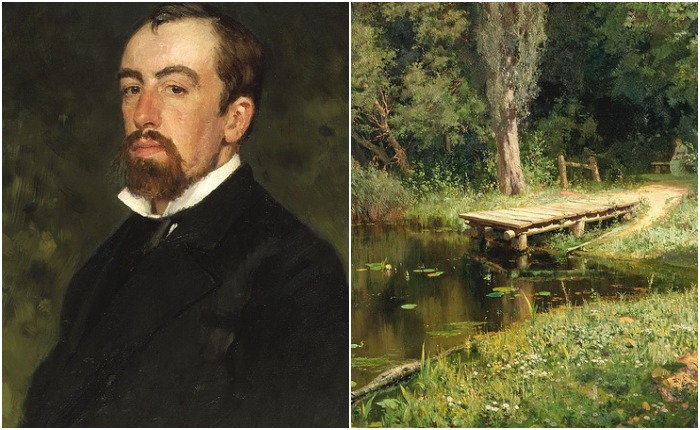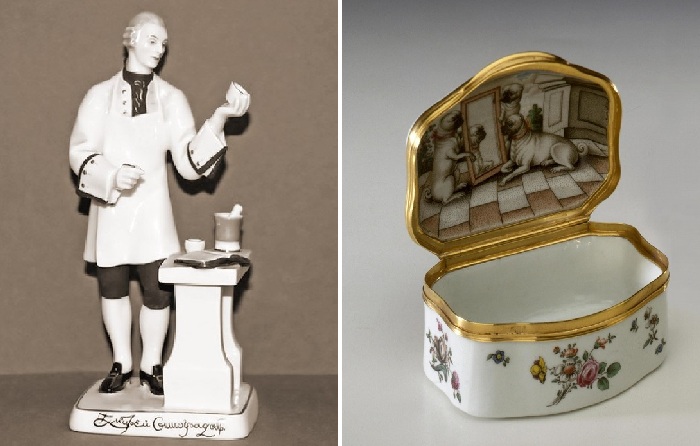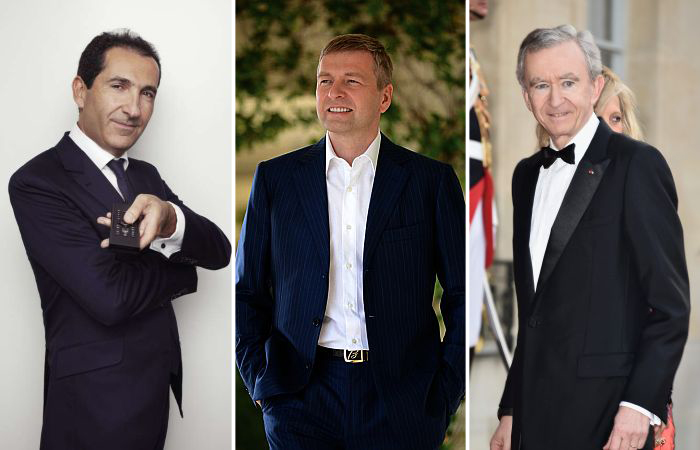founders
High Renaissance Titans: Who They Are and What Their Contribution to Art History
 The Renaissance refers to the rediscovery of ideals from classical antiquity. Artists no longer thought about the art of antiquity. Now they had the tools, technology, knowledge and confidence to create in their own direction. In general, the Renaissance was a revolution in realism, when artists and sculptors developed new methods to make their work more realistic.
The Renaissance refers to the rediscovery of ideals from classical antiquity. Artists no longer thought about the art of antiquity. Now they had the tools, technology, knowledge and confidence to create in their own direction. In general, the Renaissance was a revolution in realism, when artists and sculptors developed new methods to make their work more realistic.
The High Renaissance also represented a rapprochement of geniuses – an unthinkable wealth of talents concentrated in the same field in the same time interval. While this revival took place in many creative fields – the poetry of Dante Alighieri, the architecture of Filippo Brunelleschi, the scientific experiments of Galileo, works of visual art act as the most iconic representations of the Renaissance. Continue reading
Secrets of self-portraits of famous artists: Reflection in the mirror, portrait-bacon and other oddities
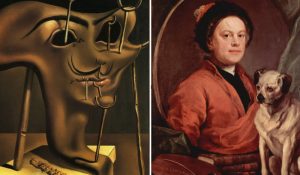 Self-portrait in most cases is an instrument of narcissism, an attempt to leave your image in eternity. But if a genius takes up the matter, his image on canvas can turn into a real masterpiece, which not only perpetuates the appearance of the master, but also puzzles, surprises, fascinates the viewer. For centuries, some of these self-portraits have been knocked out of the familiar notion of this genre, while not losing either their fans or the attention of researchers.
Self-portrait in most cases is an instrument of narcissism, an attempt to leave your image in eternity. But if a genius takes up the matter, his image on canvas can turn into a real masterpiece, which not only perpetuates the appearance of the master, but also puzzles, surprises, fascinates the viewer. For centuries, some of these self-portraits have been knocked out of the familiar notion of this genre, while not losing either their fans or the attention of researchers.
Jan van Eyck, “Portrait of the Arnolfini Couple”
It is from the Renaissance that the development of the self-portrait genre begins – an interest in a person and a person naturally generated the artist’s attention to his own image. But self-portraits in their traditional, academic form did not appear immediately. At first, the masters who wanted to portray themselves in the picture either inscribed their figure in the composition as one of the secondary characters, or became “their own sitters” and the main characters of their works. Continue reading
Creativity for the Mentally Ill: A Book That Changed History
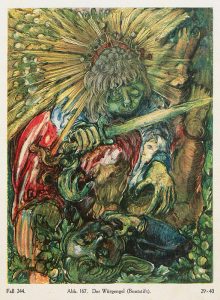 Sometimes you can hear such a statement that in order to create a masterpiece, you must be either a genius or a madman. Tarragon – the hero of the play “Waiting for Godot” by Samuel Becket, said that “we are all born crazy. And some of them remain … “Yes, and where is the line that separates genius from madness? In 1922, a German psychiatrist published a book in which he showed the work of the mentally ill, and this book made a splash among both the psychiatric society and artists.
Sometimes you can hear such a statement that in order to create a masterpiece, you must be either a genius or a madman. Tarragon – the hero of the play “Waiting for Godot” by Samuel Becket, said that “we are all born crazy. And some of them remain … “Yes, and where is the line that separates genius from madness? In 1922, a German psychiatrist published a book in which he showed the work of the mentally ill, and this book made a splash among both the psychiatric society and artists.
The fact that some very talented, and even brilliant people suffered from various mental disorders is not news. So, it is known that Gogol suffered from manic-depressive psychosis, and Leo Tolstoy often had bouts of depression that alternated with numerous phobias. Maxim Gorky was prone to vagrancy and pyromania, and some experts insist that Lermontov suffered from a form of schizophrenia that he inherited from his mother.
Mental suffering – whether they are caused by objective life difficulties or real mental disorders, really somehow affect people’s creativity. And the German psychiatrist Hans Prinzhorn undertook to investigate this influence. Continue reading
